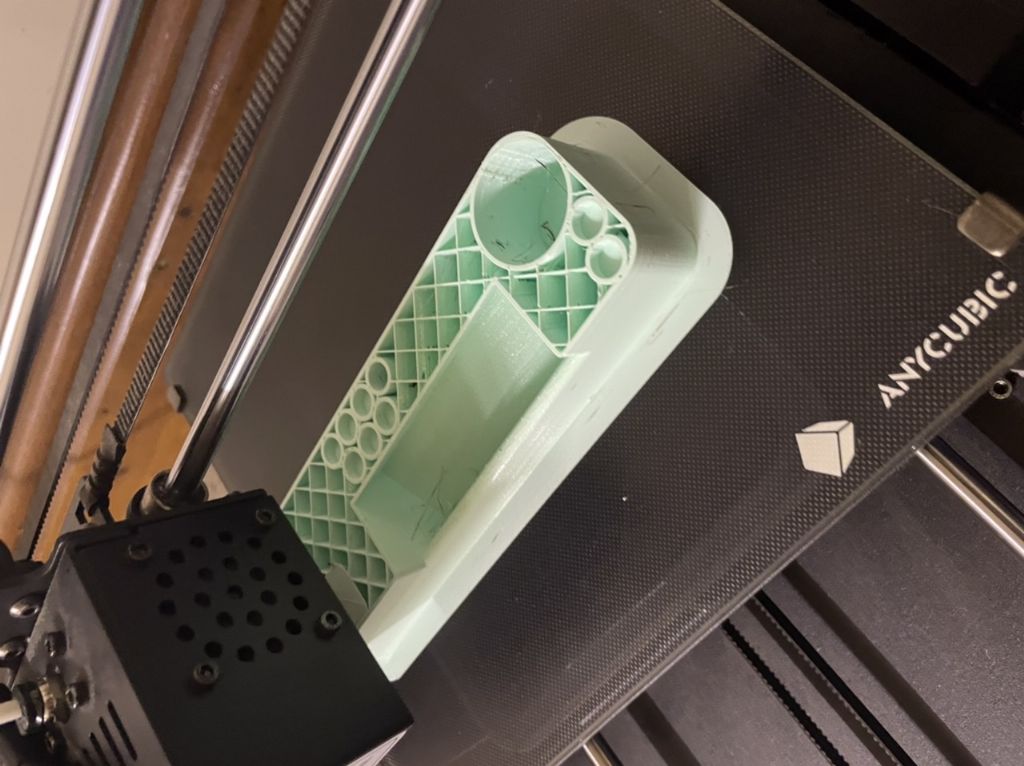Cura slicing with too many long moves?
Cura slicing with too many long moves?
- This topic has 11 replies, 5 voices, and was last updated 3 March 2023 at 11:33 by
 John Doe 2.
John Doe 2.
Viewing 12 posts - 1 through 12 (of 12 total)
Viewing 12 posts - 1 through 12 (of 12 total)
- Please log in to reply to this topic. Registering is free and easy using the links on the menu at the top of this page.
Latest Replies
Viewing 25 topics - 1 through 25 (of 25 total)
-
- Topic
- Voices
- Last Post
Viewing 25 topics - 1 through 25 (of 25 total)
Latest Issue
Newsletter Sign-up
Latest Replies





